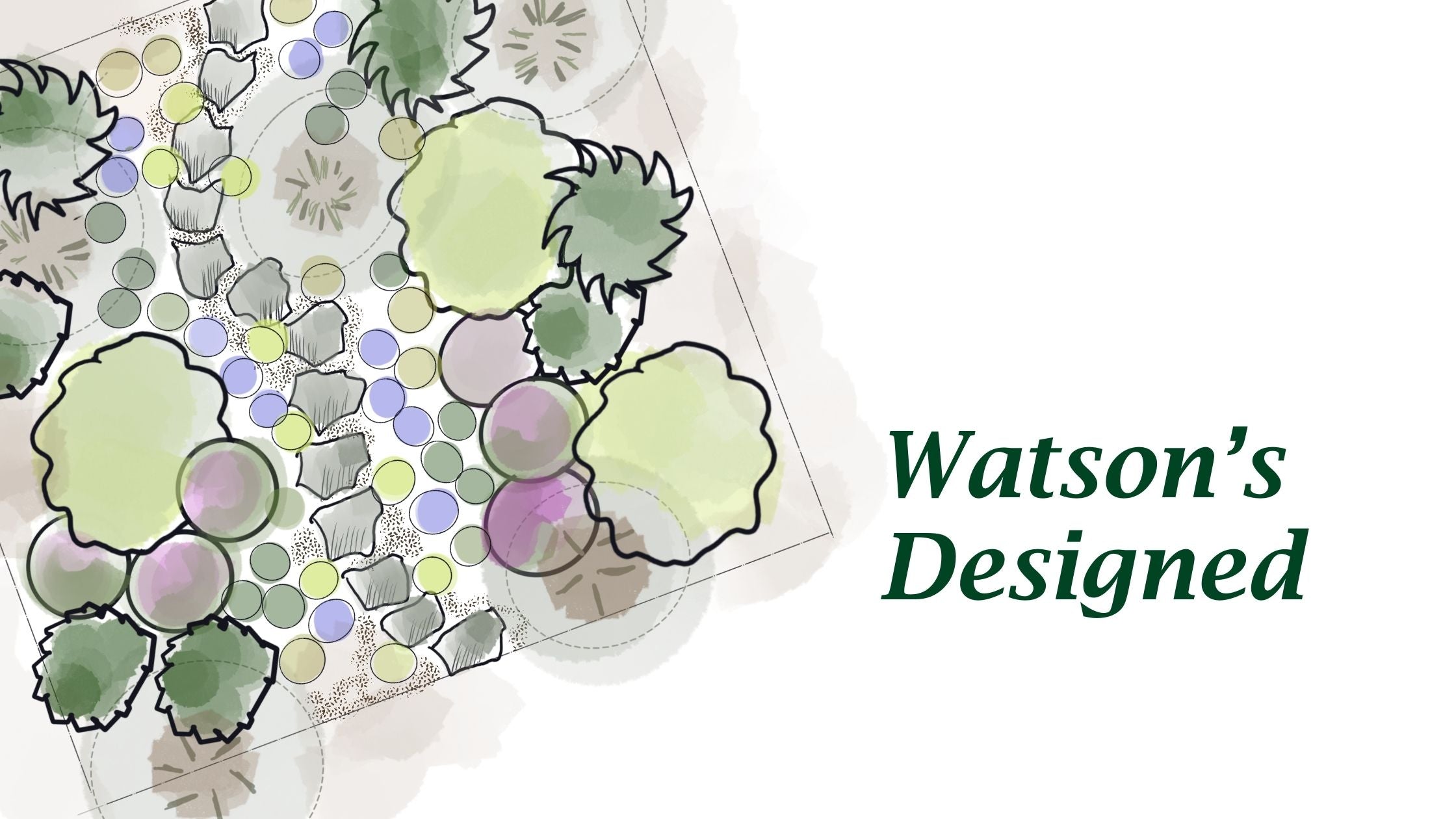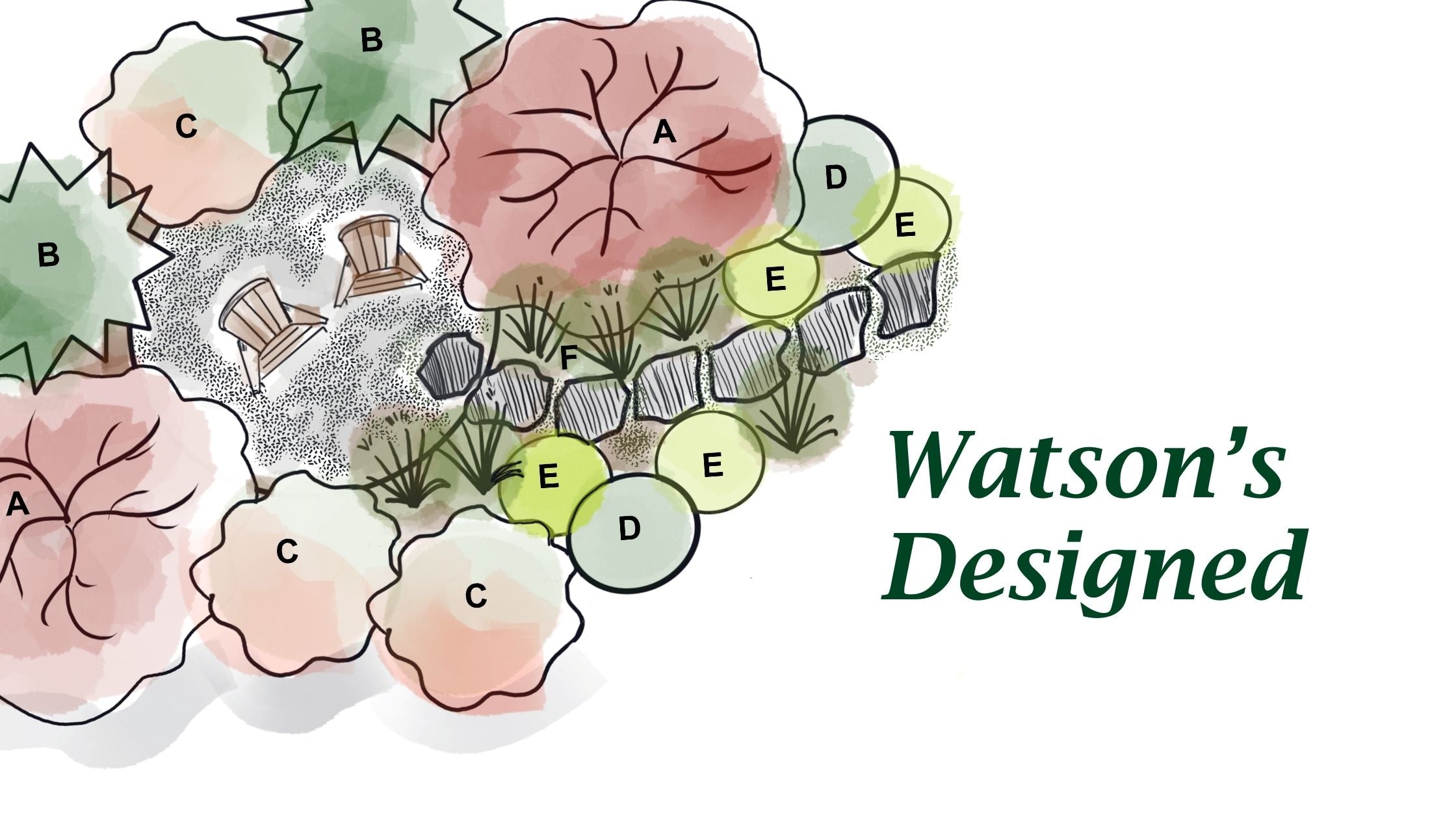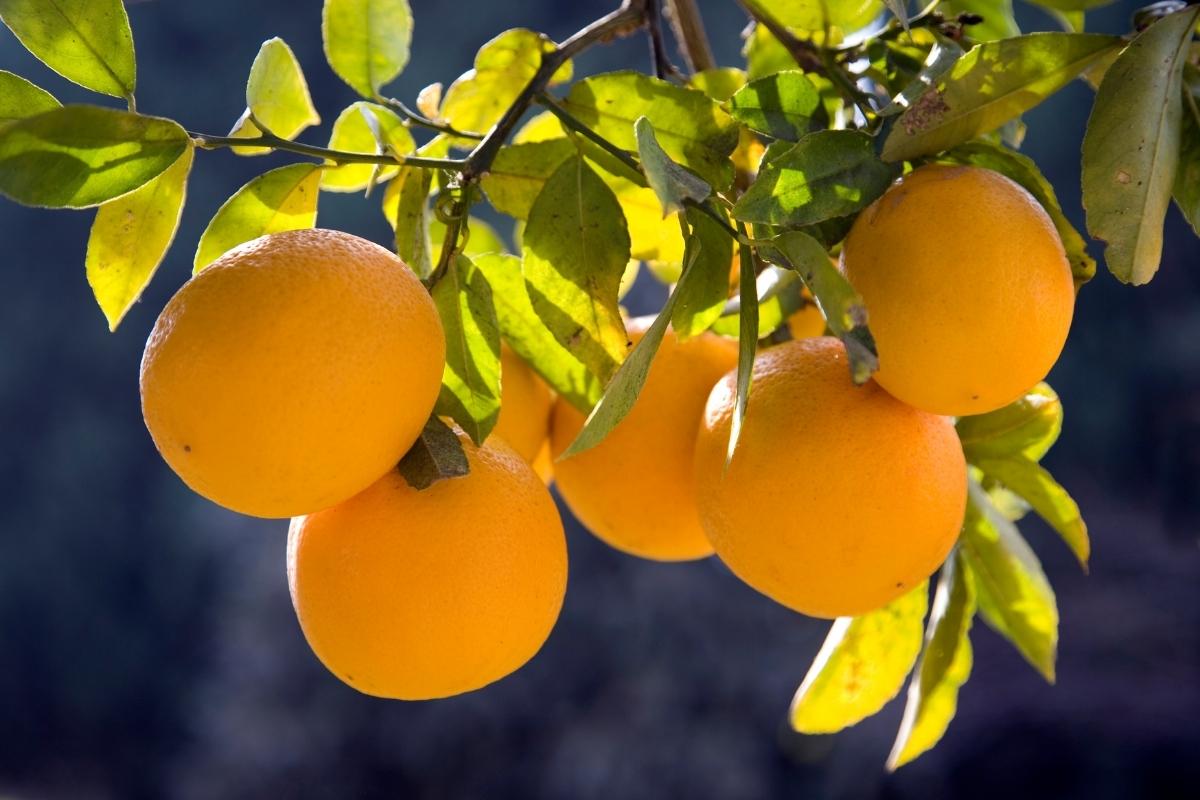Hydrangea Macrophylla: How to Turn Your Blooms Pink or Blue
If you're growing Hydrangea macrophylla, you might already know its big secret. The bloom color isn’t fixed—it changes depending on your soil’s pH. With the right soil amendments, you can actually choose whether your hydrangeas bloom pink or blue.
What Is Hydrangea Macrophylla?
Hydrangea macrophylla, or bigleaf hydrangea, is known for its large mophead or lacecap blooms and lush green foliage. It flowers from early summer into fall and does best in part shade with rich, well-draining soil. It's a classic favorite in Pacific Northwest gardens and grows beautifully in our local climate.

Change the Bloom Color with Soil pH
The flower color of Hydrangea macrophylla shifts based on how acidic or alkaline the soil is:
-
Acidic soil (pH below 6.0) = blue/purple blooms
-
Neutral to alkaline soil (pH above 6.0) = pink/red blooms
You can influence the color by adjusting your soil’s pH using Espoma products:
-
Apply Espoma Soil Acidifier to lower the pH and turn blooms blue
-
Use Espoma Garden Lime to raise the pH and turn blooms pink
Both products are organic gardening safe and easy to use. Mix the amendment into the soil around the plant, water it in, and be patient. Color changes happen gradually over time.

What to Expect from Western Washington Soil
Most soil in Western Washington is slightly acidic to acidic, with a pH that typically ranges from 5.0 to 6.5. That’s thanks to our high rainfall, organic matter from conifer forests, and volcanic soil history. Here’s a breakdown:
-
pH Level: 5.0–6.5 (acidic)
-
Texture: Loamy or clay-heavy in many areas, sandy near rivers
-
Drainage: Can be poor in spots due to clay or compaction
-
Organic Matter: Often high—especially in forested or mulched areas
-
Fertility: Generally good, but sometimes low in calcium or magnesium
This natural acidity makes Western WA a dream zone for acid-loving plants like blueberries, rhododendrons, camellias, and hydrangeas—especially if you love your hydrangeas with blue blooms.
Quick DIY pH Test
To get a rough idea of your soil’s pH at home:
To test for alkalinity:
Add white vinegar to moist soil. If it fizzes, the soil is alkaline.
To test for acidity:
Add baking soda to soil mixed with distilled water. If it fizzes, the soil is acidic.
No fizz? Your soil is likely close to neutral.
For better accuracy, we recommend a soil test kit or digital pH meter.
Pro Tip: Be Patient
Soil pH changes gradually. It might take a season or more to see a full color transformation—but it’s worth the wait. And if you’re going for a bold garden look, try planting a mix of hydrangeas in different soil zones to create a pink and blue patchwork.
Garden Design with Hydrangea Macrophylla
Hydrangeas are incredibly versatile and can be used in different ways depending on your garden style:
1. Mass Planting for Impact
Plant a row of the same Hydrangea macrophylla variety for a bold, unified look.
-
Space plants about 3 to 5 feet apart depending on mature size
-
Works beautifully along fences, foundations, or as a hedge in part shade
2. Focal Point with Companion Perennials
Use a single hydrangea as a statement plant and surround it with foliage-rich perennials that thrive in similar conditions. Great companions include:
-
Japanese forest grass for texture and gold tones
-
Heuchera for colorful foliage
-
Hosta for broad, bold leaves
-
Ferns for a soft, woodland feel
This combination thrives in part to full shade and brings a layered, natural look to shaded garden beds.


How to Prune Hydrangea Macrophylla
Hydrangea macrophylla blooms on old wood, which means flower buds form the previous season. If you prune too hard or too late, you might cut off next year’s blooms. Here’s how to prune it right:
-
Timing: Prune just after blooming in summer
-
What to remove: Dead or damaged stems, spent flowers, and one or two of the oldest stems at the base to encourage new growth
-
What to keep: Healthy stems with developing buds for next season
Avoid cutting back in fall, winter, or early spring, since that’s when the buds for the next season are already set

Spotlight on Seaside Serenade® Hydrangeas
If you're looking for premium Hydrangea macrophylla varieties, check out the Seaside Serenade® series. These compact, reblooming hydrangeas offer incredible flower power with strong stems, saturated colors, and great performance in containers or garden beds.
Some customer favorites include:
-
Newport: Blue-violet color in acidic soil, and deep pink in alkaline soil.
-
Kitty Hawk: Large, elegant lacecap flowers with a two-tone effect
-
Outer Banks: Sturdy, upright stems with dramatic blooms that hold their shape beautifully
These varieties are bred for better performance and bloom consistency. They’re perfect for both beginner and experienced gardeners looking for a more reliable hydrangea with standout beauty.

Whether you're looking to shift your hydrangea blooms or design a lush shade garden, Hydrangea macrophylla gives you plenty of creative options. Visit Watson’s to shop blooming varieties, pick up your Espoma products, and get expert planting advice from our team.
If you want to read up more on how to care for all Hydrangeas check out our How to Care for Hydrangeas Blog




